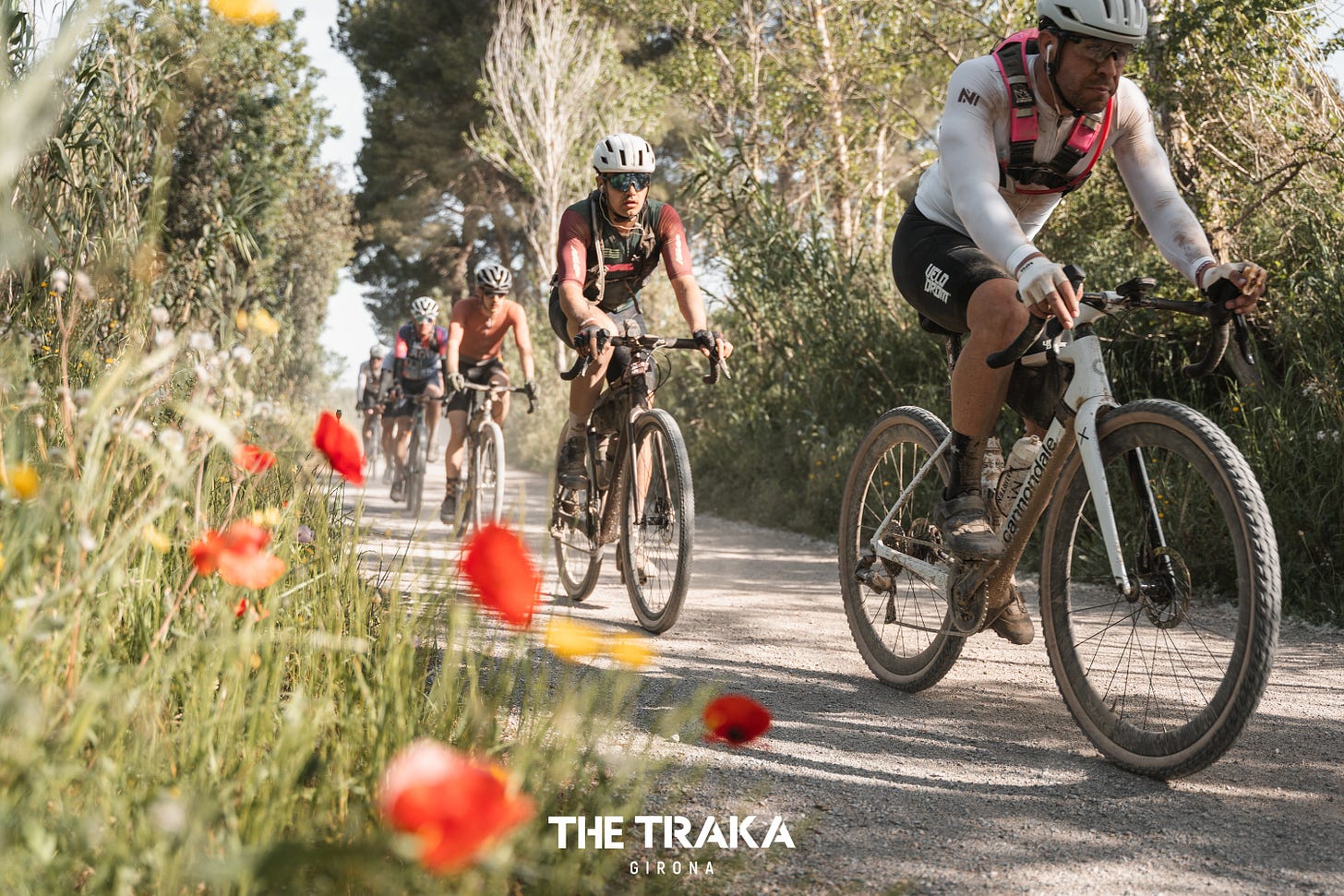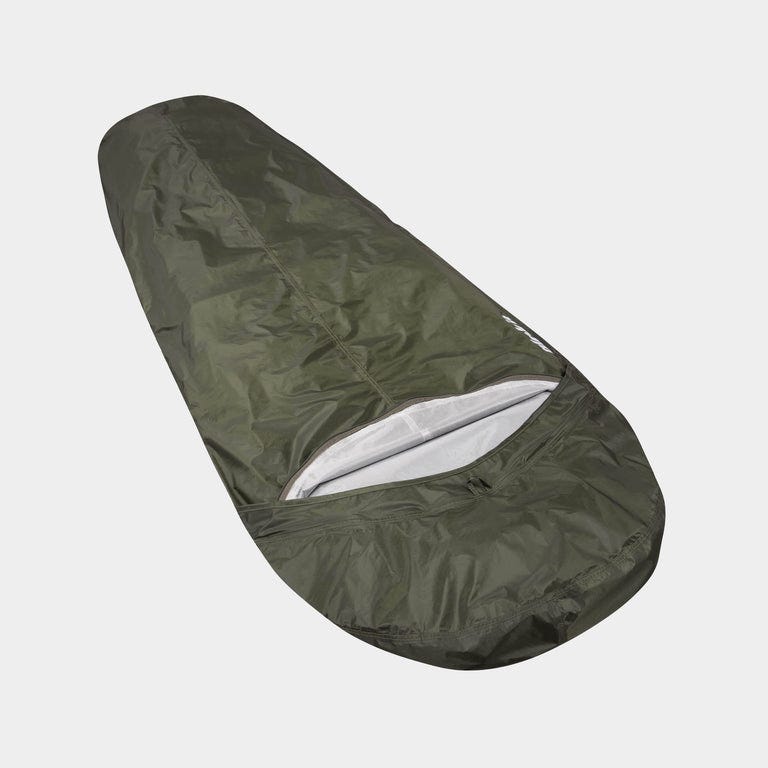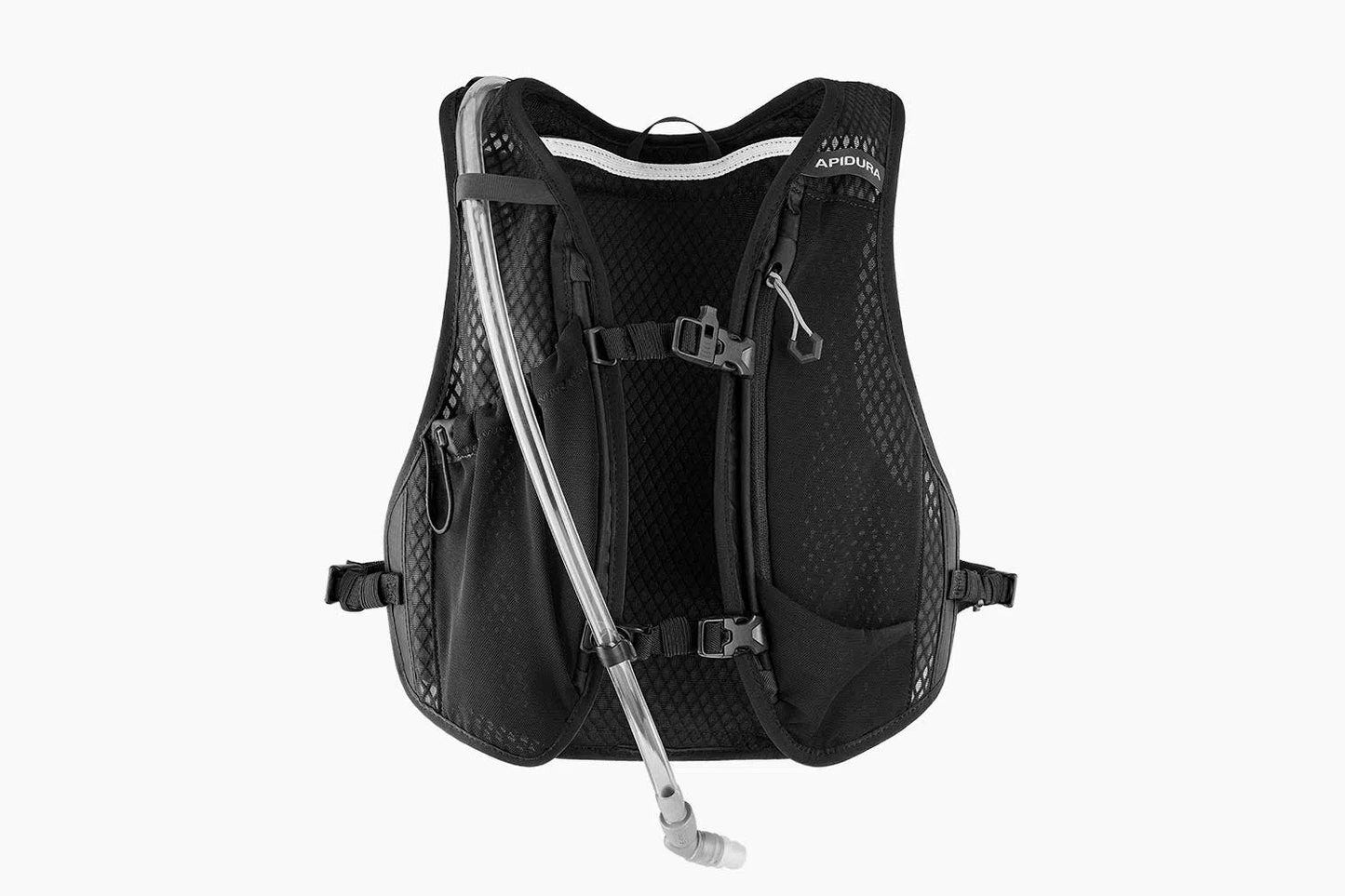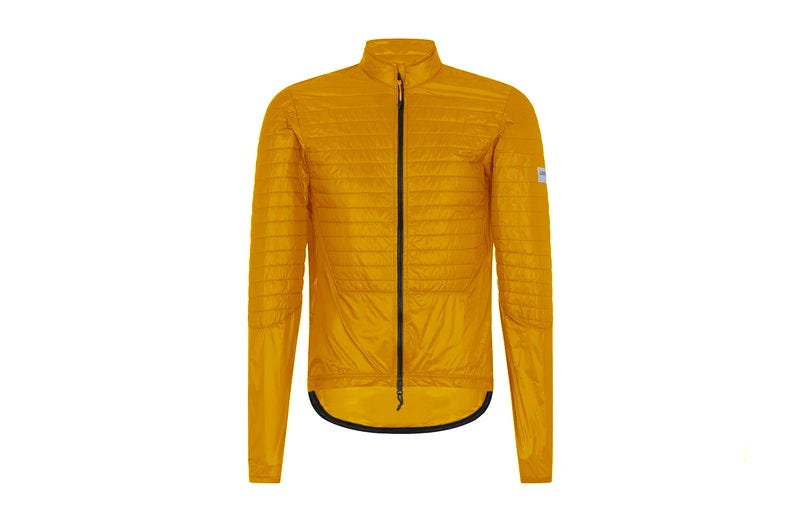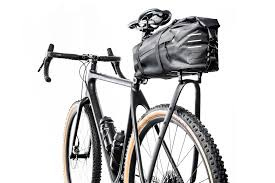The race-defining packing list for ultra cycling
Upon popular request via Instagram, Substack and Strava, ultra cyclists aren’t only looking to read about my extreme suffering, but also something practical - a packing list.
Packing for an ultra endurance cycling race is over-complicated. Ultimately when it comes to this discipline, you need the raw physical and mental conditioning to push through. But there are items which are race-defining.
Now the key to packing for your races is this:
It’s not so much the weather conditions that are unpredictable. If you’re in Morocco, pack for the desert and high mountain peaks. If you’re racing in Europe, expect rain and cold nights.
The major element that’s vulnerable to unpredictability is your body. You can be feeling dog sh*t at 4am because you haven’t slept in 30 hours and you’re shivering in the cold, yet 6 hours later you’ve found your best legs and overtaken 15 riders.
So essentially, you need the right equipment to bail you out of the worst possible scenario in your race.
Here’s what I take for races and my general set up to cover all bases - no matter the event.
Sleeping equipment: Rest-on-demand
Unless you’re taking on a short race, the weather’s good and you’re 100% confident in your abilities to ride with no safety net, take the right sleeping equipment.
That means at any given moment, you can whip out some stuff to be warm and have the opportunity to rest. So you’ll need:
A bivvy bag
This is absolutely essential. Find one that’s breathable and waterproof. They pack ultra small and mine has saved me from storms and extreme cold in Morocco. Especially at night when you’re tired and in need of rest, a bivvy bag can save your race.
A sleeping bag
Ideally one that packs down as small as possible and can endure at least 5 degrees celcius. Once combined with your bivvy bag, you’re in a strong position to rest-on-demand and give yourself every chance of finishing the race. This combination makes you independent of hotels and other forms of accommodation.
Side note: always opt to sleep inside than outside, the quality of sleep is better, you can charge all devices, shower and ask the receptionist to prep a pack lunch for when you leave.
Insulated sleeping mat
Taking a mat is optional. Think about the length of your race and the remoteness. If it’s a shorter race like Utrecht Ultra and Trans Alba, it’s not essential. There’ll be opportunities to sleep at hotels, checkpoints and even comfy outdoor spots on sand or grass to bivvy.
Whereas for the Atlas Mountain Race, an insulated mat can make sleeping at high altitudes and on rough terrain much more comfortable.
Ear plugs and eye masks
A small extra addition but worthwhile. Checkpoints and outdoor environments alike can be noisy.
Nutrition and hydration
Sports nutrition is nowadays debated in such a scientific way. And once transferred to ultra cycling, riders overthink and compile a complex fuelling strategy that involves taking lots of food for several days.
All you need to bring is:
A. Enough to get you through the first part of the race and to the first resupply point. For example, in Utrecht Ultra take enough to get through the first night and reach the first check point. That’s around 12 hours riding, and you can resupply at CP1.
For Trans Alba, I’ll take enough to reach Livingston - 354 kilometres deep.
B. One or two emergency pieces of food. I’d recommend some ultra high calorie packaged food you’d take camping or sometimes you can find liquid butter honey. This can act as an emergency if you’re completely out of food or you can save it for halfway to give yourself a full meal.
In general, I stick to gels and maltodextrin in the water because they’re easy to digest and high in carbohydrate. I also try to pick up one normal meal per day to give my stomach something solid. The rest of your nutrition strategy you can throw out of the window. Ultra cycling comes down to eating whatever you find and using that energy to go as far as possible.
C. Apart from bidons, I’d highly recommend a hydration vest. It may seem extreme, but even on shorter races, having extra water carrying capacity decreases your dependency on resupply points. Plus you’re able to carry extra gels which are instantly accessible in the breast pockets.
Tools
Again, don’t over-complicate your tooling. Admittedly I’m a bad mechanic, but you need the tools to fix:
Punctures - take inner tubes, patches in case you tear your sidewall plus plugs and spare sealant if you’re running tubeless
Pump - make sure it’s reliable. I’d even recommend the electric pumps you can buy to get the right pressure in the tyres
A broken chain - several quick links and a chain breaker
Valves - take a valve core remover in case it gets stuck with tubeless glue or you rip it out with a pump
Pliers - valves often seize, would have saved my Atlas Mountain Race
Brake pads - if you’re doing an mtb ultra race you might rip through them
Multi tool with allen keys for all of your bolt sizes
Zip tyres for broken spokes
Spare bolts for cleats etc
Spare derailleur hanger
Clothes
Taking the right clothing gear is also simple - prioritise warmth. Especially at night and in a state of tiredness, your body becomes less efficient at regulating your temperature. So here are the essentials:
Leg and arm warmers - they give you the flexibility to add and take away extra warmth
Seal skin gloves for the cold nights and descents plus fingerless gloves to avoid blisters and numbness
At least 2-3 pairs of socks - changing into fresh ones makes a huge difference
At least 2 bib shorts - also bring chamois (arse) cream
At least 2 jerseys
A base layer to regulate the sweat and avoid skin irritation
A thermal jacket - this is really important because it guarantees warmth and can get you through extreme cold. I have one from Albion which packs extremely small
A rain jacket - even if the forecast is dry, bring one. Again they add additional heat when you need it
Outdoor trousers - same thinking, stop your legs from getting cold at night
Shoes - go for comfort. Buying the stiffest carbon sole isn’t the way forward
Once you combine all of these clothing items, you should be ready for any weather condition. They key is having the basis to cover every eventuality. If it rains unexpectedly at night and you aren’t prepared, it could spell the end of your race.
Lights and electronics
Lighting is slightly trickier because you have to nail the set up and timing of the battery life. There are several options:
Dynamo hub - this is the best choice but an expensive investment. It guarantees that your front light will never die and you can charge electronics during the day.
2x front lights - my current set up is with two 1400 lumen Lezyne lights. What matters is two things: having enough charge to get you through night time riding and second, the mount. You need maximin visibility and top tip, ensure the light isn’t beaming onto your Garmin or Wahoo. I bought a small adapter to mount the light underneath my Wahoo
2x back lights - most rear lights can last 30 hours on flash mode.
A battery pack and cable leads USB-C - take loads of cables in case you lose any.
GPS tracker - this is usually provided by the race organiser. Top tip: strap it onto your stem for security and good GPS signal.
Earphones - I love listening to the same 30 trashy songs on repeat. It gives me rhythm and predictability (I can share my playlist later). My earphones are also purposefully really bad quality so I can stilll hear road traffic noise
Bike bags and TT bar set up
There are a ton of options for bike packing bags, but here’s my set up for this race season:
Tailfin aeropack - this has been really reliable and stable for me without any sway
Restrap large frame bag - a more streamlined set up than having separated top tube bags. Of course there’s no space for the bottles so I add a hydration bladder in the bag
TT bars - you can mount extra bags here. What matters isn’t so much which bars you choose, but having a high stack height. I added 3cm stack risers from Profile Design
Extras
The only extras I can think of are:
Tooth brush and toothpaste- when you’re eating so much sugar your mouth can get pretty nasty. Giving your teeth a good clean can make a huge difference in how fresh you feel
Suntan cream - especially for races like Atlas, buy desert-specific cream to protect your skin
High visibility strap - depending on the race organiser, you may be required to add high vis tape and a vest
Sunglasses and helmet - hopefully this is a given. If you’re helmet isn’t on your head, good luck
I’ll continue to update the list as my set up evolves and if I missed anything essential, leave it in the comments for others to see.
Next up for me is the Trans Alba 2025 and the VIA race where I’ll be aiming to take my first win. If all goes well, I’ll share my new training schedule that has taken my fitness to the next level.
Summary list
A bivvy bag
A sleeping bag
Ear plugs and eye masks
Enough food get you through the first part of the race and to the first resupply point
One or two emergency pieces of food
Leg and arm warmers
Seal skin gloves plus fingerless gloves
At least 2-3 pairs of socks
At least 2 bib shorts - also bring chamois (arse) cream
At least 2 jerseys
A base layer
A thermal jacket
A rain jacket
Outdoor trousers
2x front lights
Computer unit
2x back lights
Battery pack
USB-c and USB cables
Earphones
GPS tracker
Bike packing bags
TT bars
Tooth brush and toothpaste
Suntan cream
High visibility strap
Sunglasses and helmet




